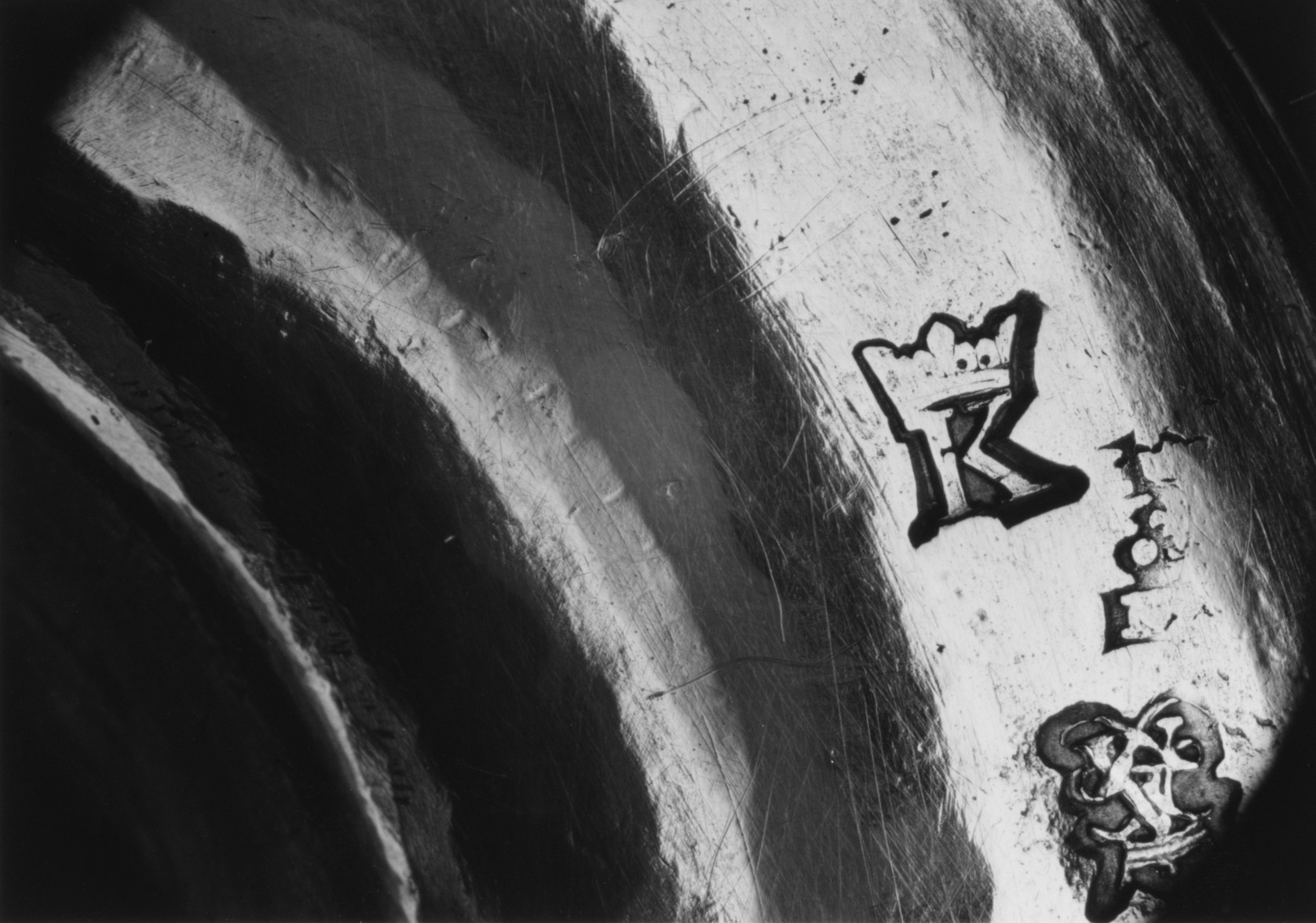Pair of candlesticks
Not on view
In the era before gas lighting and electricity, candles played a principal role in illuminating the domestic interior. The number of candles lit was an indication of the wealth and status of the owner: beeswax candles burned clean, had a pleasant smell, but were quite expensive compared to those made of tallow.
In late seventeenth-century France, a change in dining habits had a significant effect on the production of silver candlesticks. Entertainment was increasingly orientated towards the evening; the use of domestic space changed and as a result, elegant lighting became an important part of the interior decoration.
Made in Paris, these candlesticks are a matched pair. The workmanship is quite different between the two and clearly by different hands. The chasing and engraving on the earlier example (48.187.392) is demonstrably superior to that on (48.187.391) which appears hasty and uneven in execution. Although the maker’s marks on both candlesticks are undecipherable, the date letters indicate that they were made in 1724–25 and 1726–27.
Daughter of one of the founders of the Weyerhaeuser Timber Company, Catherine D. Wentworth (1865–1948) was an art student and painter who lived in France for thirty years. She became one of the most important American collectors of eighteenth-century French silver and on her death in 1948 bequeathed part of her significant collection of silver, gold boxes, French furniture, and textiles to the Metropolitan Museum. The collection is particularly strong in domestic silver as illustrated by this pair of candlesticks.
Due to rights restrictions, this image cannot be enlarged, viewed at full screen, or downloaded.
This artwork is meant to be viewed from right to left. Scroll left to view more.




